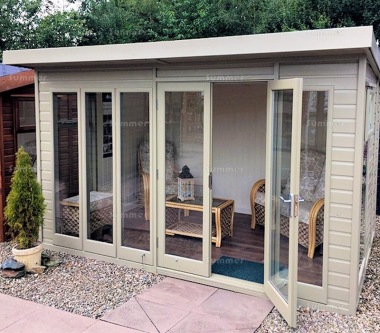All Categories
Featured
Table of Contents
What Are The Advantages Of Double Glazed Windows? in Bateman Perth
Laminated glass is typically utilized in areas in the house most vulnerable to injury from human impact such as restrooms, doors, around staircases and in areas near the flooring (it satisfies the requirements of 'shatterproof glass' that is mandated for usage in these locations by Australian Basic AS 1288 Glass in structures).
Toughened glass has been 'tempered' by being reheated and quickly cooled again. This process makes it much more powerful than basic glass it can withstand higher impact loads prior to breaking. It likewise makes it safer since, when it does shatter, it breaks into lots of small cubic pieces instead of unsafe fragments.
What Are Double Glazed Windows? - Build in Bayswater Perth
However, toughened glass has no thermal or acoustic benefits over other glass of the exact same toning or density. Secondary glazing is where single-glazed windows are retrofitted with a transparent acrylic or glass sheet connected to the inside of the frame or openable sash with a secondary frame or with magnetic strips.


Secondary glazing will not carry out as well thermally as a manufactured IGU, considering that it is impossible to totally seal the border, however it can supply excellent noise control. Window films are a thin polymer movie containing a taking in dye or reflective metal layer, with an adhesive backing. They stick to your glazing to alter its colour or make it reflective.
Canberra Window Replacement - Upvc Double Glazed ... in Claremont Western Australia
Applied to existing glass, some window movies can halve the general SHGC of the window by soaking up and/or showing solar radiation. This can be particularly useful in hotter climates where cooling is the primary issue, or on east and west elevations directly exposed to long periods of sunlight. Window movies may also decrease visible light transmittance.

For this reason, it is normally best to utilize a certified installer of window film. Frames have a significant effect on the thermal efficiency of doors and windows, since energy can be gotten and lost through the frame, in addition to through the glass. Different kinds of frame will allow various levels of heat gain and loss, so cautious option of frame is essential for effective passive style.
Stay Cool This Summer With Double Glazed Windows - Aaa Glass in Beechboro Perth
However, aluminium is likewise a really good conductor of heat and will decrease the insulating value of a glazing system, unless particularly engineered to decrease this. A 'thermally broken' frame is made up of 2 aluminium areas linked by a structural insulator (usually a low-conductivity structural polymer). This 'breaks' the thermal connection through the aluminium and reduces the heat streaming through the frame.
They can be expensive, but prices are decreasing as they end up being more typical. Wood frames are an excellent natural insulator that can match some house styles. Timber frames should be made from species that have naturally high resilience or be dealt with to avoid decay and deformation. Check that the wood is sourced from a sustainably managed forest.
Single Glazed Vs Double Glazed Windows - Ultimate Guide in Crawley WA
(weather removing) is set up.
u, PVC windows and doors have exceptional thermal efficiency Image: Ben Wrigley (Light House Architecture and Science) Composite frames utilize aluminium profiles on the external areas with either a lumber or u, PVC inner section. These combine the low upkeep and resilience of aluminium with much enhanced thermal performance.
Table of Contents
Latest Posts
Triple Glazing Vs. Double Glazing: What Are The Differences? in Willetton Western Australia
Help Control Your House Temperature With Double Glazing ... in Martin Western Australia
How To Diagnose And Fix Misted Double Glazing in Hovea Perth
More
Latest Posts
Triple Glazing Vs. Double Glazing: What Are The Differences? in Willetton Western Australia
Help Control Your House Temperature With Double Glazing ... in Martin Western Australia
How To Diagnose And Fix Misted Double Glazing in Hovea Perth